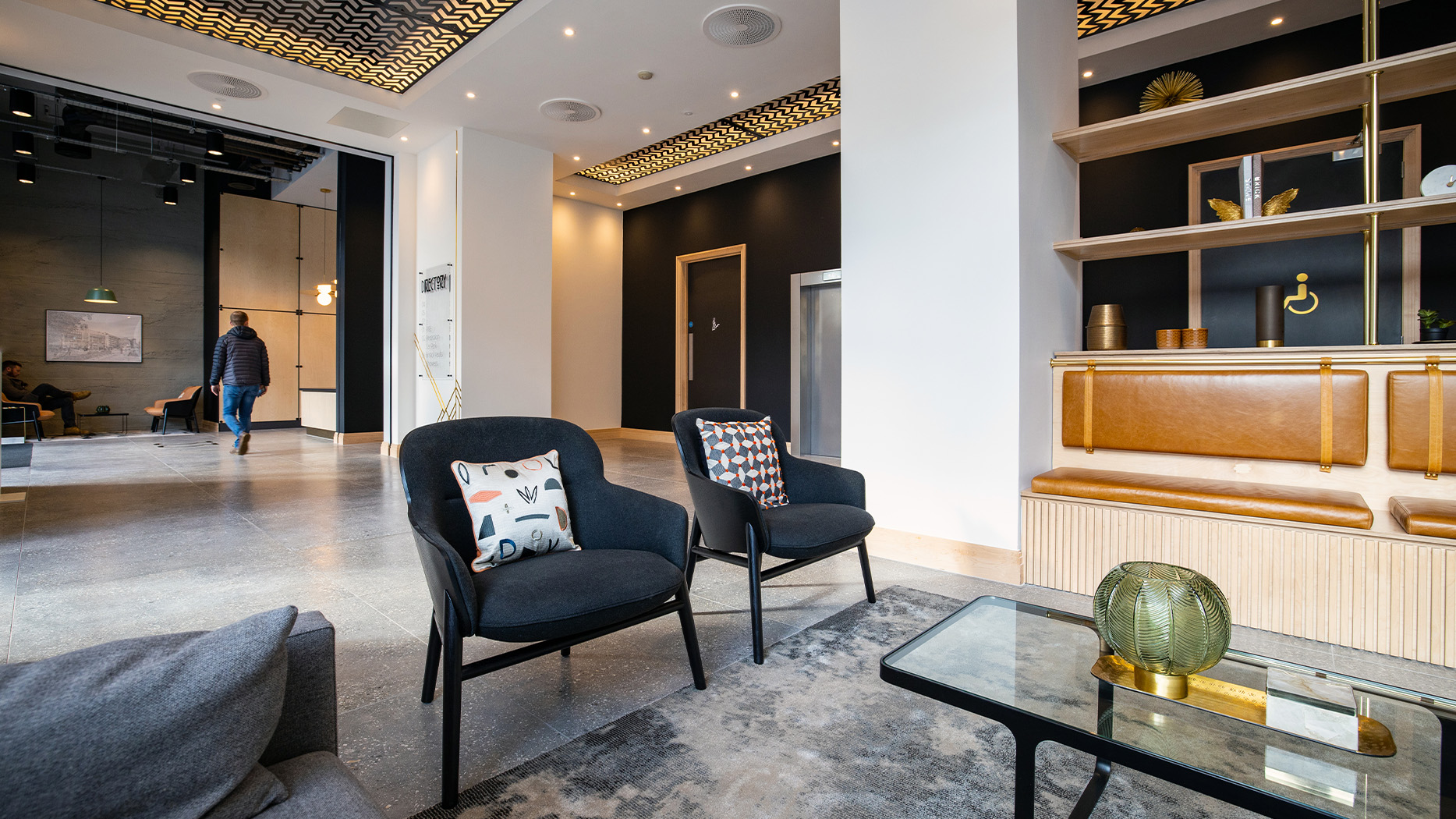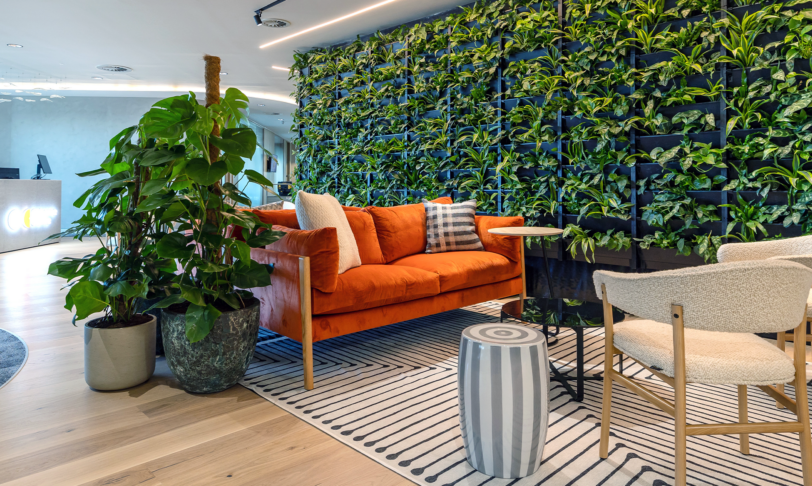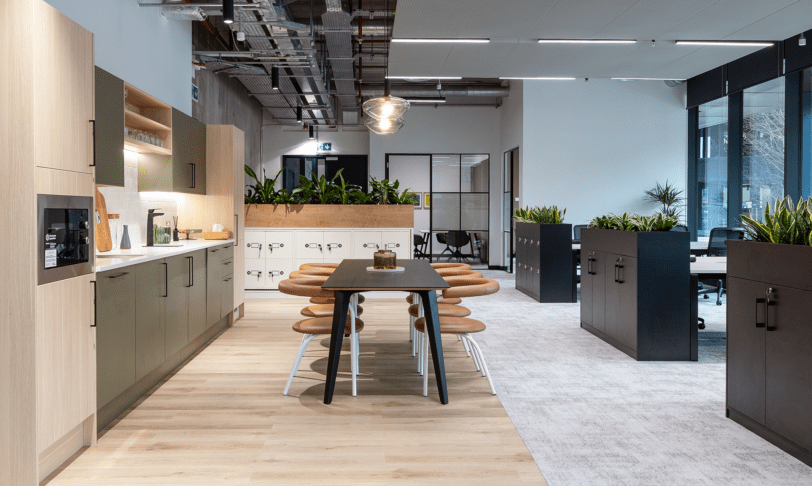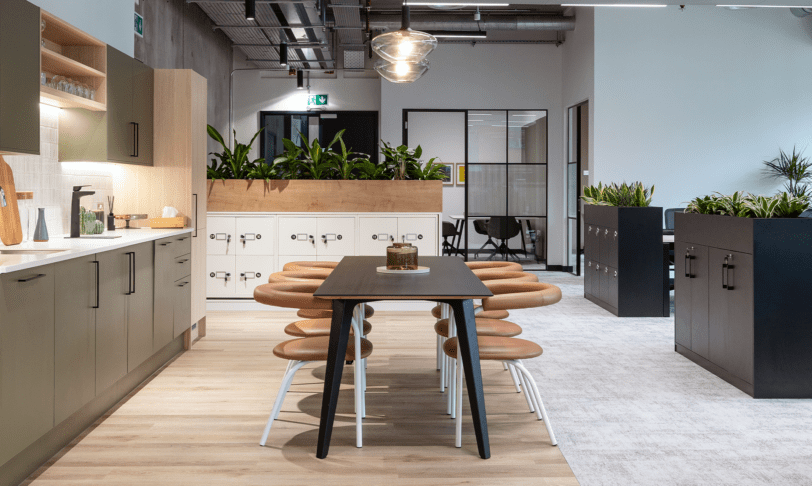What does the office market hold for 2025?
As we begin 2025, the UK’s office market continues to evolve, shaped by shifting priorities and new challenges. Businesses remain focused on sustainability, energy efficiency, and modern amenities – features that are becoming non-negotiable in today’s competitive market. The shift towards net-zero carbon goals for many businesses is accelerating, alongside a growing demand for workplaces that go beyond desk space to include amenities like active travel facilities and wellness areas.
The divide between old and new
Newer office buildings, designed to meet these expectations, are naturally more attractive to tenants. They offer state-of-the-art facilities, sustainable designs, and flexible spaces tailored to modern working patterns. However, with Savills reporting a 30% decline in new office construction during 2024 compared to the previous year, the supply of new builds is tightening. This has intensified competition for high-specification spaces, making 2025 a challenging year for businesses seeking Grade A floorplates.
In contrast, older buildings face rising vacancy rates unless significant upgrades are made. JLL data reveals that vacancy rates for older office stock reached 15% in 2024, compared to just 6% for new builds. As tenants increasingly prioritise quality over cost to attract top talent, owners of older properties must adapt quickly or risk falling behind.
The continued demand for fitted spaces
Fitted spaces were a game-changer in 2024, with landlords pre-fitting offices to meet tenant expectations – a trend showing no signs of slowing in 2025.
Many landlords are also collaborating with flex-space operators to occupy part of their buildings, offering tenants on other floors the option of additional flexible space. This strategy addresses uncertainties around fluctuating headcounts while maximising building occupancy. Explore this further in our unique monetisation strategy guide.
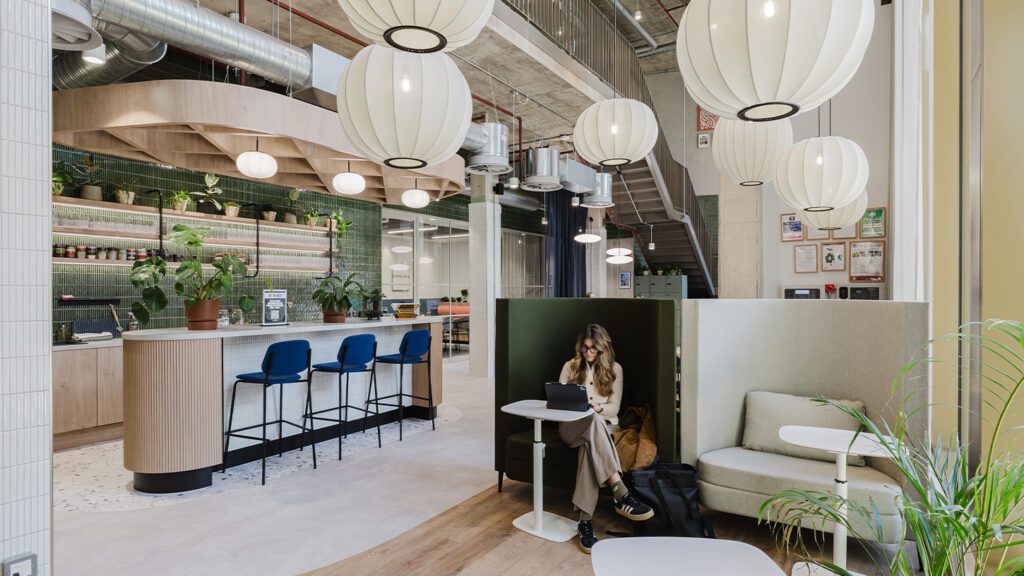
Repurposing business parks
While many businesses often prefer to be in the city centre, there is renewed interest in repurposing buildings within business parks, and these are also proving popular. With careful investment, these underutilised spaces could transform into vibrant business hubs, catering to companies seeking out of town locations with modern amenities.
In 2024, the Crown Estate unveiled a £1.5 billion redevelopment plan for Cambridge Business Park, aiming to transform it into a hub for science, innovation and technology. The project includes adding over one million square feet of laboratories and offices alongside leisure and wellness facilities.
This significant investment reflects a broader trend of repurposing business parks across the UK to meet the evolving needs of modern businesses.
The changing face of workplaces
Once the right office space is secured, what does 2025 hold for workplace design? Employee-centric amenities will remain at the forefront. From comfortable café areas and social spaces to luxurious breakout areas, companies are increasingly focused on creating environments where employees feel motivated and valued. After all, according to Savills research, 65% of workers find their productivity rises in a well-designed office space.
Collaboration and flexibility will continue to shape the workplace, with demand for socially oriented spaces that encourage teamwork. Suitable lighting, acoustics, and private areas for focused work are becoming must-haves. Businesses are also prioritising spaces that encourage movement and promote well-being, such as fitness rooms and quiet corners for breaks.
Adaptability continues to be key
Adaptability has become a cornerstone of workplace design, and we will see more of this in 2025. Companies are recognising the importance of flexible layouts that can evolve with changing business needs to offer resilience – some may still be navigating how much their team are coming to the office. At Interaction, we have certainly seen that by providing a great place to work, occupancy levels have risen for businesses.
Specialised spaces on the rise
The demand for specialised spaces, such as laboratories and innovation hubs, is also growing. These facilities cater to the region’s expanding life sciences and technology sectors. According to Knight Franks’ UK Life Sciences Report, 2024 saw a 25% increase in demand for lab and research spaces, driven by growth in the sector. Similarly, the popularity of co-working spaces shows no signs of slowing down, with businesses valuing their flexibility and networking potential.
Looking ahead
The UK’s commercial property market in 2025 presents both opportunities and challenges. Success will depend on how well the market adapts to evolving business priorities, embraces innovation, and continues to invest in spaces that meet the changing needs of tenants. By focusing on sustainability, flexibility, and employee well-being, the market is poised to remain an attractive destination for businesses seeking exceptional office spaces.
Want to future-proof your office strategy? Get in touch to see how we can help.
